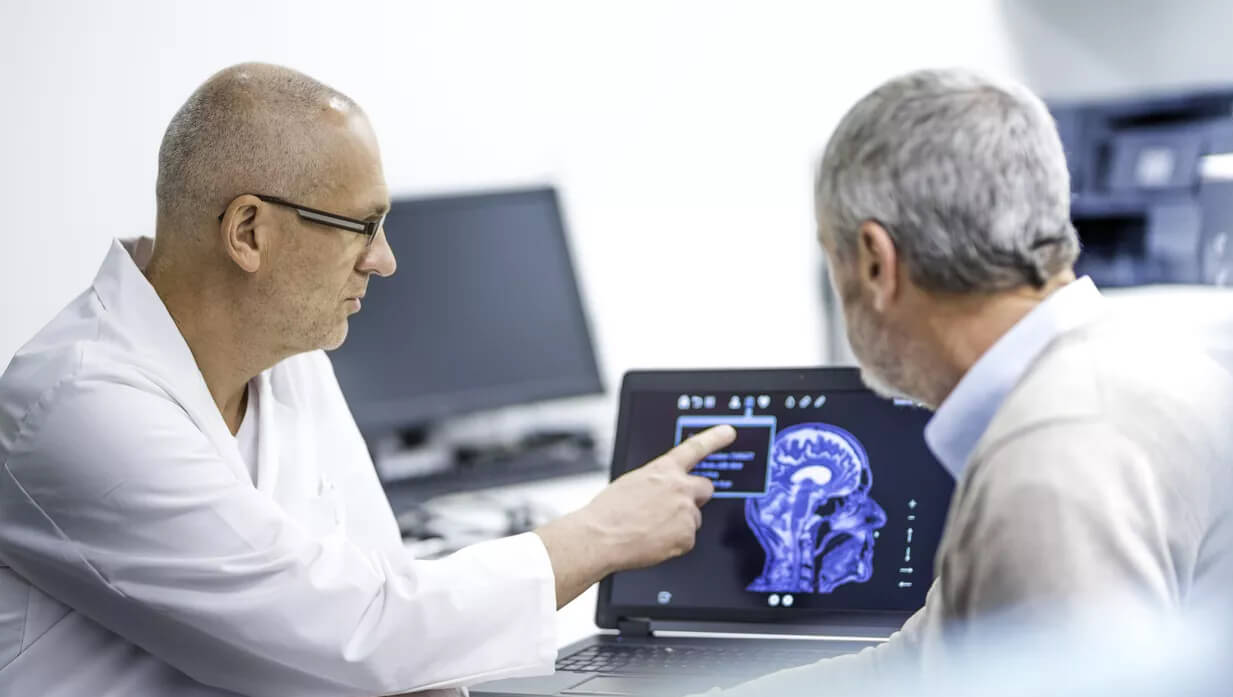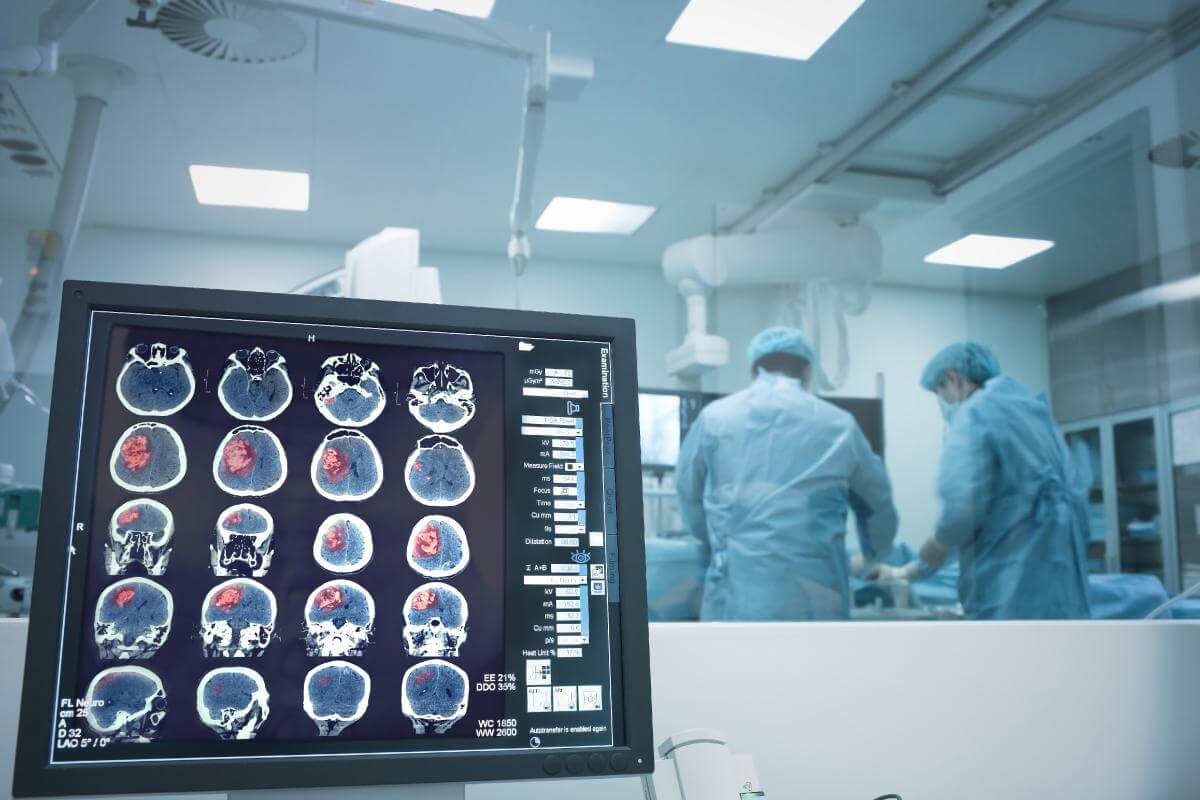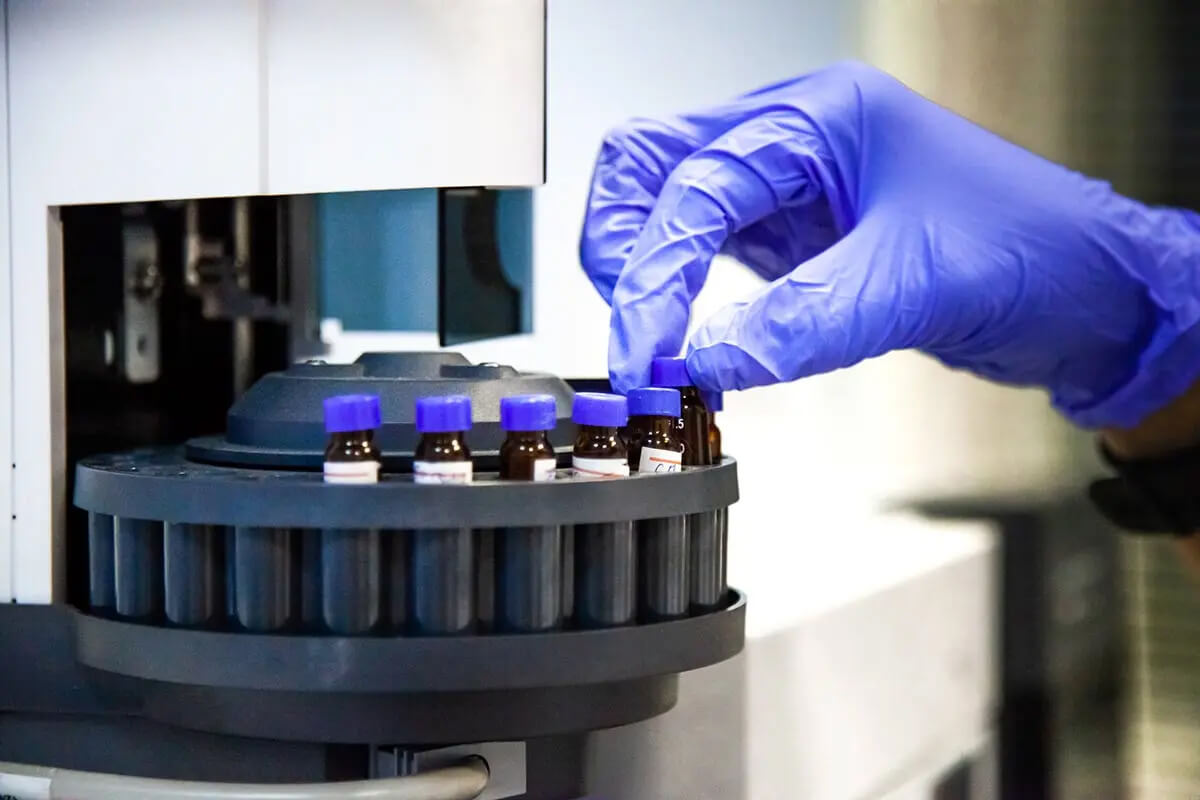Calls for Ukraine
Calls for Europe
Calls for USA

Brain gliomas are a group of primary neoplasms that form from the brain parenchyma. According to statistics, the incidence of this disease is 5-10 cases per 100 thousand people. At the same time, this pathology is found most often among primary brain tumors. Glioma is diagnosed in children and adults, but there are types that are characteristic of a certain age.
Neoplasms of this type differ from each other in terms of growth rate and degree of malignancy. The consequences of their development are quite different and depend on the location and type of tumor. But any brain gliomas, like cancer or benign neoplasms, with active growth, lead to disruption in the functioning of the brain. Therefore, this disease must be treated. And if treatment is started on time, contact the best specialists and use modern effective methods, there is every chance to defeat the disease.
The immediate cause of the development of gliomas is the degeneration of glial cells.
The exact reasons why this happens are unknown. But oncologists have identified several factors that can contribute to the appearance of this type of tumor:

With a different location of the glial tumor of the brain, the manifestations of the disease can change quite a lot. The most characteristic symptoms include:
However, these same symptoms can occur with tumors of another type located in the brain, as well as for a number of other pathologies. Therefore, when such symptoms appear, it is very important to do an examination and determine the exact cause of the manifestations listed above.
As the tumor grows, it can affect nearby areas of the brain, which leads to aggravation of symptoms, a person may fall into a coma, paralysis may develop, and breathing problems may occur.
MedTour will help you undergo a full diagnosis and make the diagnosis as accurately as possible.
There are several classifications that apply to glial tumors. Doctors distinguish them by type, depending on the characteristics of the cells and the degree of malignancy. Today, the WHO classification is used in medicine, according to which four degrees of malignancy are determined.
The most common types of glial tumors include: astrocytomas, oligodendrogliomas, ependymomas, mixed type of glioblastomas.
This is the most common type of glial tumor in the brain. According to statistics, more than 50% of gliomas are diagnosed with astrocytomas. They can develop in children, are often found in adolescence, but are also quite common in adults and the elderly.
Children often have tumors that are benign or borderline. In addition, aggressive diffuse glioma of the brain stem is also often diagnosed in children aged 5-10 years. Glioblastomas are considered the most aggressive of all gliomas and are usually diagnosed in adults and the elderly.
They are found in about 7-10% of cases. The frontal lobes are most commonly affected. These glial tumors are characterized by the second degree of malignancy. But a more aggressive variant of the 3rd degree is also possible – anaplastic oligodendroglioma.
They make up approximately 5-7% of all gliomas. They are diagnosed in children and adolescents. Such tumors are usually found in the walls of the ventricles of the brain. They are represented by different types of neoplasms, which are isolated depending on which ventricle they are located in. There are also varieties of ependymoma, which differ in histological characteristics.

The type of neoplasm affects the rate of growth of glial brain tumors. Benign gliomas grow slowly. If a glioma of the 3rd or 4th degree is detected, they have a rapid growth, the symptoms quickly increase. For example, aggressive glioblastoma can double in size in a few months. Therefore, it is very important to accurately diagnose the disease as quickly as possible.
When a brain glioma is diagnosed, the prognosis can differ markedly depending on the type of neoplasm. It is possible to live long enough with benign gliomas. Aggressive forms such as diffuse cerebral glioma or glioblastoma are difficult to treat and have a poor prognosis.
However, modern medicine has methods that even with aggressive glial tumors allow, if not completely curing the disease, then significantly extending life and improving its quality. Your task is to find a clinic and a doctor who can choose the best methods of therapy for your condition.
The most informative method that is used for suspected brain cancer is magnetic resonance imaging. Positron emission CT, scintigraphy, angiography of the vessels of the head, and an encephalogram can also be prescribed. Laboratory testing of cerebrospinal fluid may be done.
With the help of such examinations, it is possible to determine the presence of a tumor, its size and location. But it is impossible to accurately determine the type of neoplasm in this way. For the final diagnosis, it is necessary to take cells from the tumor and conduct a laboratory histological analysis. There are two options for how this is done:
The method of taking a tumor sample is selected individually, taking into account the location of the tumor.

When a glioma is diagnosed, treatment can be carried out by various methods, which are selected depending on the stage of the tumor, its type, size and location. One or more methods can be used at the same time. Surgical and non-surgical methods are used. This allows doctors to approach each case in a personalized way and select the optimal treatment that can give the best result.
Surgery, during which doctors remove the glioma, is considered one of the best methods to get rid of the tumor. For benign gliomas, removal is often used as the only treatment option, and this allows the disease to be completely cured. For high-grade glial tumors, the surgical method is usually combined with radiation therapy, chemotherapy, and immunotherapy.
In modern neurosurgical clinics, operating rooms are equipped with special equipment that allows such operations to be performed with high accuracy. The use of special staining substances and neuronavigation systems allows neurosurgeons to accurately excise tumor tissues without damaging healthy tissues, without the risk of touching important centers of the brain.
If inoperable glioma is diagnosed, doctors select other methods of therapy.
Radiation therapy is often used in the treatment of brain glioma. It can be prescribed before surgery in order to preliminary reduce the size of the tumor. Or doctors may use it after the removal of the tumor to destroy any cancer cells left after the removal. Radiation can also be prescribed for inoperable gliomas.
There are different types of radiation therapy, which are selected taking into account the characteristics of the condition:
For brain gliomas, treatment may include the use of special drugs that stop the reproduction of cancer cells and destroy them. One or more drugs may be prescribed, which are used in courses. However, the disadvantage of such treatment is the negative impact of drugs on healthy tissues of the body.
Chemotherapy is usually used in combination with surgery and radiation therapy, but can also be used as an independent method. In some cases, a chemotherapy drug capsule is implanted into the area of the tumor during surgery.
This is a method of treatment of malignant diseases, in which special drugs are used that act with precision. They affect molecules that are important for the life of the neoplasm. At the same time, healthy cells of the body practically do not suffer. The use of targeted drugs is quite effective and has fewer side effects compared to conventional chemotherapy, but this method is not suitable for all types of gliomas.

In recent years, immunotherapy has also been used in the treatment of gliomas. The action of immunotherapeutic drugs is aimed at “turning on” the body’s defenses, activating the immune system, setting it up to fight cancer cells. One way to do this is to use special cancer vaccines. With their help, it is possible to “teach” the body to recognize malignant cells and destroy them.
There are several types of vaccines that can already be used today to fight cancer:
Both xenovaccine and autovaccine can be part of a comprehensive cancer treatment and can be used in conjunction with other therapies. The use of these cancer vaccines makes treatment more effective, reduces the likelihood of metastases, and increases overall survival. At the same time, vaccines do not have a toxic effect on the body and their use is well tolerated by patients.
You can take advantage of these vaccines in some clinics in Ukraine and Turkey. To learn more about cancer vaccines and the clinics where they are made, please contact the medical coordinator of MedTour.
For the prevention of brain tumors and glioma, including, doctors give general recommendations:
These simple recommendations will help maintain the health of the body as a whole and reduce the likelihood of developing malignant processes.
Cancer vaccines can also be used to prevent the development of gliomas. For prophylactic purposes, they can be used by people who have a hereditary predisposition to the occurrence of neoplasms of this type. As well as those who have already undergone treatment for this disease.
On the MedTour platform, you can find clinics that treat gliomas using the latest and most effective methods. Advanced medical centers that treat brain tumors are equipped with the latest medical devices and use the most modern medicines. They employ experienced doctors who are leading experts in this field.
On our website you can find a list of leading medical institutions that treat gliomas. MedTour coordinating doctor will help you make the best choice and find a clinic that best suits your needs.
Are you looking for the best doctors who specialize in the treatment of brain gliomas? We cooperate with leading doctors in the field of neurosurgery from Turkey, Spain, Israel, Germany and other countries, and we will help you find a good specialist with extensive clinical experience in this field.
A list of doctors who treat brain tumors can be found on our website. To get more detailed information about doctors and the possibility of treating glioma in the best clinics, contact the medical coordinator of MedTour.
Please rate the work of MedTour
